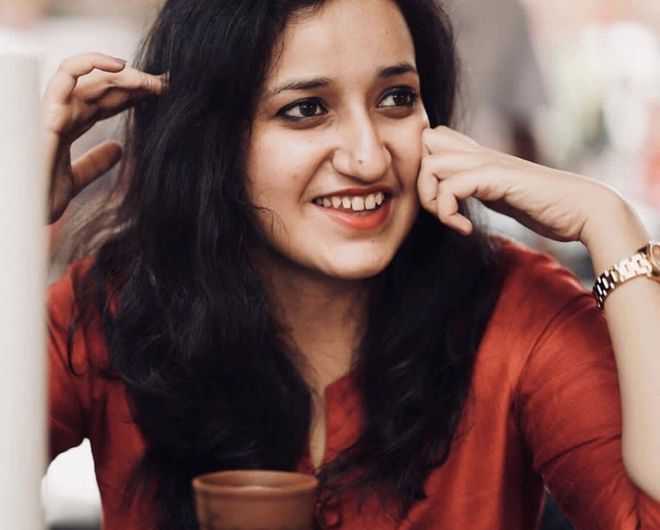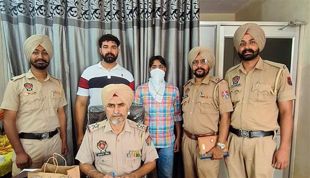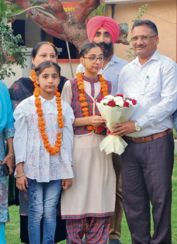
Isha Yadav
Arushi Chaudhary
If you are an avid Instagrammer, you would have probably heard of Rupi Kaur. Often heralded as the pioneer of the up and coming trend of Instapoets, Rupi, a Punjabi from Canada, felt strongly about her stance to not feed the misogynistic ways of society and vocalised her thoughts through poetry. Having self-published her collection of poems and sketches, Milk and Honey, Rupi chose an unexpected platform to reveal her work — Instagram — and created ripples that earned her 3.1 million followers and catapulted her book to the New York Times bestsellers lists. While Rupi has become a phenomenon in her own right, she is not a lone voice of strong feminist ideas being propagated on social media. On the home turf too, a new crop of Instapoets, each with a torrential passion against misogyny and for feminist ideals, is creating magic with poetry of a different kind.
Karuna Ezara Parikh is one such fierce voice that weaves the poignant into soft imagery to create verses that tug at one’s heartstrings. “Growing up, my poetry influences were definitely musical. Artists like Jim Morrison, Leonard Cohen, Bob Dylan and Jewel Kilcher inspired me to begin expressing myself through poems. As I was more affected by the world around me, I would say my poetry’s greatest influence has been the socio-politics of our time. Gender rights, human rights, the planet and channelling the anger I feel about all of the above,” she says, explaining that intricate character of her poetry.
On why she chose the digital space as a medium to put forth her work, Karuna replies, “The digital space has opened up the artist-audience relationship like never before. There are, of course, pros and cons to this, but the most massive benefit is how simple it is to be heard. Something poets struggled with before. I’m continually grateful for it, even though (and perhaps also because) it opens my writing up to various criticisms.”
Isha Yadav, a 25-year-old assistant professor at the English department of Delhi University, is also a slam poet, apart from volunteer artist for The Fearless Collective initiative. Given that she has been a student and is now a teacher of English literature, it isn’t hard to see where her love for poetry stems from.
“This morning over breakfast
I asked my father
What would happen
If I was raped.”
It is the brutally caustic nature of poems that evokes curiosity. “For me, anger and agony is the central emotion. Poetry lets me express what burns my veins and the audience connect well with this sense of emotional outburst. It keeps stirring inside me, creating commotion and havoc and once I own it down, I’m calm as a lake,” says Isha.
Does the digital space serve as a better platform for this kind of poetry to be heard and appreciated? “I’m glad we’re in an age where social media can channelise movements and thoughts and has a far-reaching circulation and distribution. Without it, I don’t imagine myself being heard, at least not at the same bandwidth,” she adds.
Body hair and image issues aren’t exactly themes associated with poetry. But Naina Kataria, a scriptwriter and engineering graduate, does not shy away from such iconoclastic stances. It was the viral response to her poem on body hair and perceptions of beauty that gave Naina the confidence to continue to voice issues she felt strongly about through poetry and put them up for display and scrutiny on platforms like Facebook and Instagram.
With the backdrop of her poem ‘I was always the girl with a moustache’ going viral that cemented her arrival as a poet thriving in the virtual space, Naina says, “I surely do believe that with the coming of the digital space, there has been a sudden emergence of poets. To make art reach such a huge audience, artists in the past had to go from one publishing house to another, stare at rejections and failure, before success came their way, if at all. Now, the audience is just a click away. The drawback here is that people are often quick to judge other people’s work and often end up telling stories that are not theirs to tell.”



























